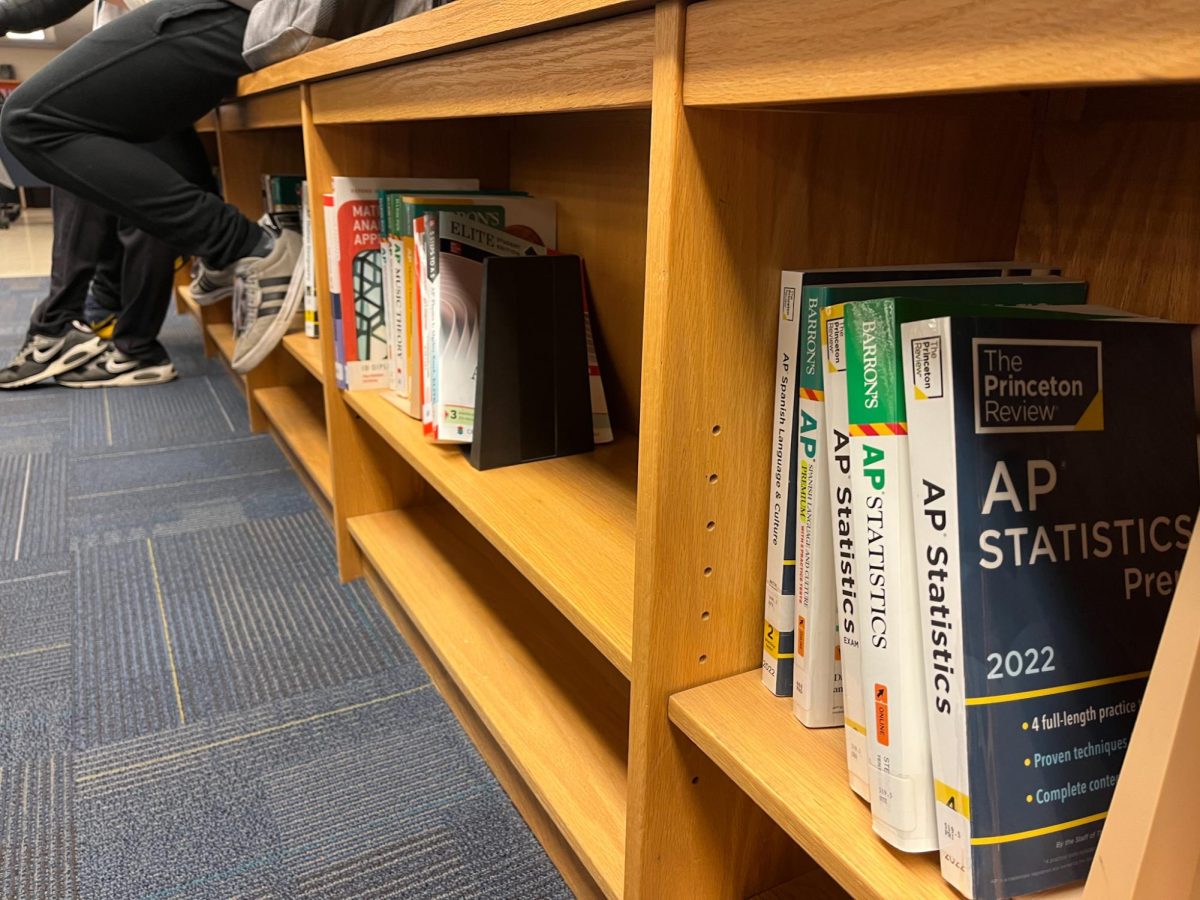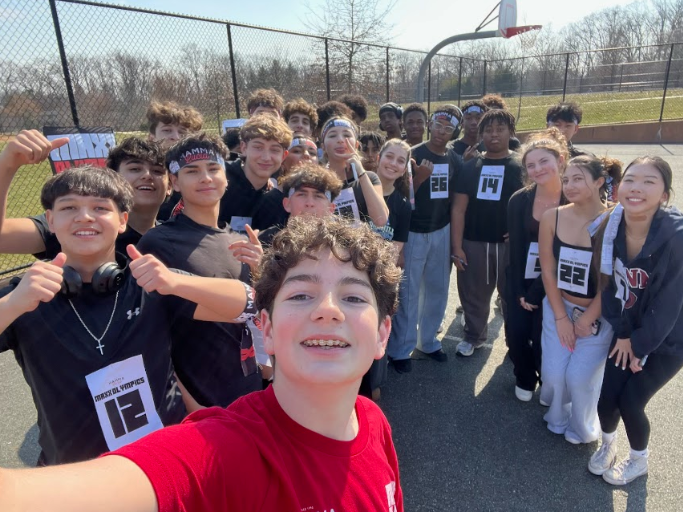At the very beginning of the school year, the video promoting the new “Be the Change” campaign raised questions among students about what exactly the campaign aimed to accomplish.
The video showed students repeating the campaign’s catchphrase, “Be the Change” and suggested that students be the first to change their abusive habits However, many CHS students remain cynical about the efforts of the new campaign, as well as the problems it seems to address.
“I think they’re going towards a good cause,” junior Jordan Li said. “[But] it’s too cliche. It’s too out there and no one cares. Bullying is so hyped up. It’s not bullying. It’s teasing. Suicide is not what’s going to happen.”
Is bullying a problem?
According to others students, bullying is not a significant or even noticeable problem at CHS and the goals of the campaign are too vague to make any difference. They believe that the policy will do little to affect a problem that seems non-existent.
“I think it’s just not going to change anything,” Adam* said. “[Bullying] is not really a problem, it’s just joking around unless the other person feels threatened.”
However, more investigation into the subject of bullying at CHS uncovered opinions, stories and voices that most students are probably unaware of.
“I know people who have been victims of bullying, including myself,” Kevin* said. “I think students should take this message and actually do something about bullying if they see it, but the reality is that most people won’t.”
What condones bullying?
Although classic interpretations of bullying include the more elementary examples of swirlies, wedgies and obnoxious nicknames, high school students have changed bullying techniques over time to those of a more subtle and vicious nature.
We’ve all seen it happen. If one student in a class happens to be easily annoyed or simply different in any way, it is often seen as entertaining if another student decides to exploit those differences in any way possible. The teachers may roll their eyes and other students may laugh, but any kind of repeated and unwanted behavior, especially on those who tend to have a strong reaction, is bullying, and can carry serious consequences.
According to Kevin, bullying is not as black and white as most people would assume or as most campaigns seem to portray. Every incident of harassing behavior adds up until the victim is forced to some kind of breaking point.
Sometimes this buildup can not only result in harm to the bullied individual, but to others as well.
According to a 2000 U.S. Secret Service analysis of 37 premeditated school shootings, bullying, which some of the shooters described, “in terms that approached torment,” played a major role in more than two-thirds of the attacks.
“My friend Jack* is easily provoked,” said Kevin. “One time we were walking in the hall, and a group of guys kept calling his name until he said, ‘What?’, until he got mad. But bullying adds up, it’s progressive, people hold grudges and it happens over time.”
According to a pbskids.org article on bullying, bullies generally pick on students who are different in some way or get anxious or upset very easily
Bullying at CHS can also be more direct.
“I have participat[ed] in making fun of other kids,” Li said. “Everyone gets picked on now and then. I’m sorry, but [the campaign] is too dramatic. I feel to a certain point, kids need to stop taking things to heart.”
Because bullying is often referred to as teasing or joking, it can be hard to identify where the line is drawn with regard to certain certain comments and behaviors.
According to Principal Joan Benz, the perception of the person to whom the comments were made determines whether it is bullying. If the victim perceives some behaviors as bullying, then it is bullying and should be stopped.
“Sometimes students say they were playing, teasing,” Dr. Benz said. “The teasing thing does not fly.”
Who is Responsible?
The responsibility of preventing bullying never stops at the student level. Often teachers need to step in and recognize when a student is being harassed by others in a classroom.
“[Science teacher Jodi] Boppana was the first one to step in and prevent it,” Jack* said. “One day we had a substitute teacher and people started throwing erasers at me. [Boppana] heard about it from the substitute, and the next day she stopped the entire class and made them explain what had been going on.”
According to Jack, the new campaign has good intentions, but might be too vague to be effective. The promotional video didn’t specify what kind of change they were aiming for, for example,
The campaign neglects to point out, for example, the various types of bullying. Students may not be directly involved in an abusive situation, but instead awkwardly laugh and ignore the situation until it goes away.
According to sophomore Alena Garcia it is also up to students to recognize harassment and intervene by telling a teacher when they see it, even when the harasser is their friend or one of their peers.
Everyone knows that hitting, stealing lunches and personal insults are out of line, so the campaign might be more enlightening to CHS students if it instructed them on how to prevent bullying and how to communicate to those who have been bullied.
“[Other students] should ask [bullied students] if they need anything and see if they’re ok,” Garcia said.
In order to have a healthy school environment, no student should feel alienated, excluded, or consistently picked on.
But when asked about the damaging effect on his reputation–say, what people would think at a high school reunion ten years from now, Li hopes it wouldn’t have a long term effect.
“If anything, I did it to be funny, but not the point where people think I’m a mean person,” Li said. “I’m joking around. I could be friends with them the next day.”
Therefore it’s up to CHS students to change their attitude of indifference and get involved in the effort to prevent bullying, as well as heal the distrust and hurt between students that bullying has caused.
“You feel like you can’t talk to anyone,” Kevin said. “Knowing that one person cares helps.”







